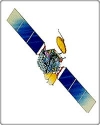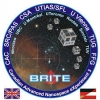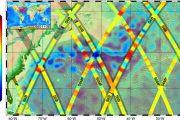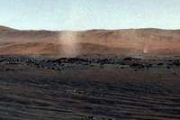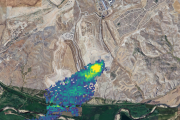Space Careers
| Project List |
The BRRISON mission is an unprecedented rapid response to the opportunity presented by the discovery of comet ISON, providing a new planetary science platform which will fly above 99.5 percent…
The BeiDou Navigation System is a project of China to develop an independent satellite navigation system. It may refer to either one or both generations of the Chinese navigation system.…
BepiColombo is Europe's first mission to Mercury. It will set off in 2015 on a journey to the smallest and least explored terrestrial planet in our Solar System. When it…
BLUEsat, an acronym of Basic Low-Earth-orbit University of NSW Experimental satellite, is a digital amateur radio satellite being designed and built solely by students here at the University of NSW.…
The Boeing 601 satellite is a body-stabilized geostationary satellite. The Boeing 601 was introduced in 1987 to meet anticipated requirements for high-power, multiple-payload satellites for such applications as direct television…
The Boeing 702 satellite is a family of geostationnary satellites designed and manufactured by the company Boeing. Its design requirements include lower cost and high reliability. It offers a broad…
BOINC, the Berkeley Open Infrastructure for Network Computing is an open source middleware system for volunteer and grid computing. It was originally developed to support the SETI@home project before it…
The Bolshoi simulation is the most accurate cosmological simulation of the evolution of the large-scale structure of the universe yet made. The starting point for Bolshoi was the best ground-…
The BRITE constellation is a network of nano-satellites to investigate the properties of the brightest stars in the sky. It currently consists of a group of six nano-satellites which will…
Cassini–Huygens is a NASA-ESA-ASI robotic spacecraft sent to the Saturn system. It has studied the planet and its many natural satellites since arriving there in 2004, also observing Jupiter, the …
Challenging Minisatellite Payload (CHAMP) was a German satellite launched July 15, 2000 from Plesetsk, Russia, and was used for atmospheric and ionospheric research, as well as other geoscientific applications, such…
The Chandra X-ray Observatory is a satellite launched on STS-93 by NASA on July 23, 1999. It was named in honor of Indian-American physicist Subrahmanyan Chandrasekharwho is known for determining…





